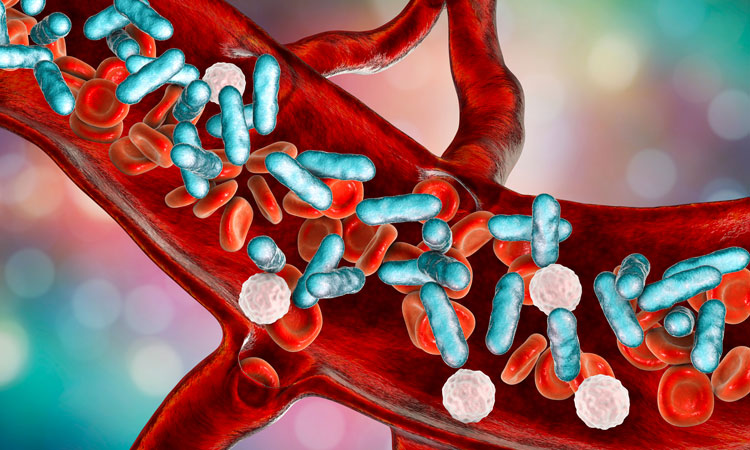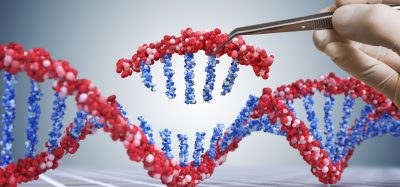Scientists develop a new way to fight late-stage sepsis
Posted: 7 January 2020 | Drug Target Review | No comments yet
Scientists have used nanotechnology to transform healthy immune cells into a drug with enhanced power to kill bacteria to help the immune system fight sepsis.


A way to help immune systems fight against sepsis has been developed by scientists who used nanotechnology to transform donated healthy immune cells into a drug with enhanced power to kill bacteria.
In experiments treating mice with sepsis, the engineered immune cells eliminated bacteria in blood and major organs, dramatically improving survival rates.
This work focuses on a treatment to fight late-stage sepsis, when the immune system is compromised and unable to clear invading bacteria, the scientists said.
Biomarkers aren’t just supporting drug discovery – they’re driving it
FREE market report
From smarter trials to faster insights, this report unpacks the science, strategy and real-world impact behind the next generation of precision therapies.
What you’ll unlock:
- How biomarkers are guiding dose selection and early efficacy decisions in complex trials
- Why multi-omics, liquid biopsy and digital tools are redefining the discovery process
- What makes lab data regulatory-ready and why alignment matters from day one
Explore how biomarkers are shaping early drug development
Access the full report – it’s free!
“Sepsis remains the leading cause of death in hospitals. There hasn’t been an effective treatment for late-stage sepsis for a long time. We’re thinking this cell therapy can help patients who get to the late stage of sepsis,” said Yizhou Dong, senior author and associate professor of pharmaceutics and pharmacology at The Ohio State University. “For translation in the clinic, we believe this could be used in combination with current intensive-care treatment for sepsis patients.”
This work used vitamins as the main component in making lipid nanoparticles and then used those nanoparticles to capitalise on natural cell processes in the creation of a new antibacterial drug.
Macrophages cells are one of the first responders in the immune system. However, in patients with sepsis, the number of macrophages and other immune cells are lower than normal and they do not function as they should. In this study, Dong and colleagues collected monocytes from the bone marrow of healthy mice and cultured them in conditions that transformed them into macrophages.
The scientists constructed a messenger RNA encoding an antimicrobial peptide and a signal protein. The signal protein enabled the specific accumulation of the antimicrobial peptide in internal macrophage structures called lysosomes, the key location for bacteria-killing activities.
From here, researchers delivered the nanoparticles with that messenger RNA into the macrophages they had produced with donor monocytes and let the cells take it from there to manufacture a new therapy.
“Macrophages have antibacterial activity naturally,” Dong explained. “So if we add the additional antibacterial peptide into the cell, those antibacterial peptides can further enhance the antibacterial activity and help the whole macrophage clear bacteria.”
In the study, the researchers administered the cell therapy to mice who were infected with multidrug-resistant Staphylococcus aureus and E. coli and their immune systems were suppressed. Compared to controls, the treatment resulted in a significant reduction in bacteria in the blood after 24 hours – and for those with lingering bacteria in the blood, a second treatment cleared them away.
The study was published in Nature Nanotechnology.
Related topics
Immunology, Nanomedicine, Nanotechnology, Research & Development, RNAs
Related conditions
Sepsis
Related organisations
The Ohio State University
Related people
Yizhou Dong







